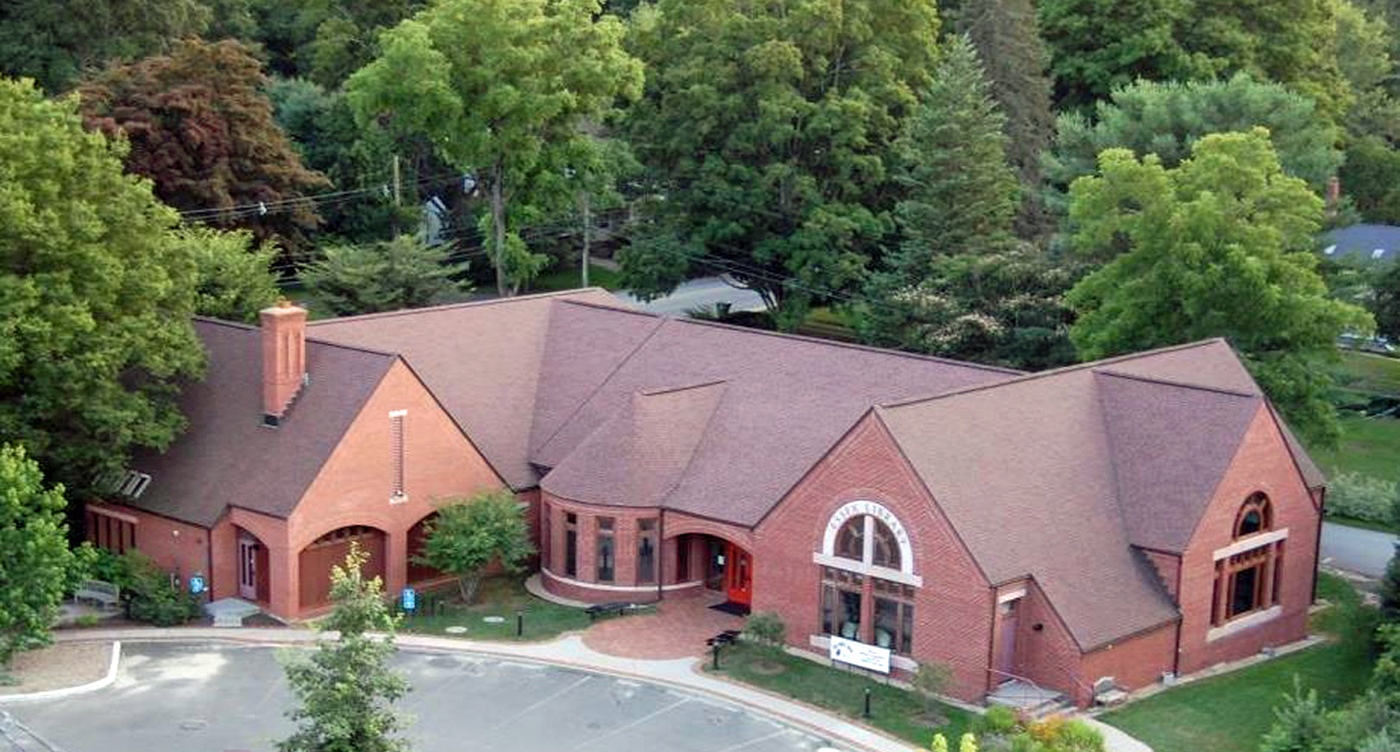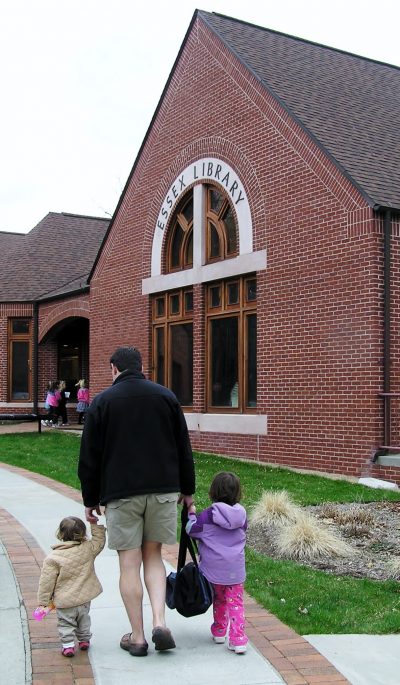Advertisement
Stacks Of Books, But Short On Cash: New England's Public Libraries Face Funding Troubles
Resume
On a sultry weekday morning, patrons escaped the heat and gathered at the Essex public library in Essex, Conn. for a weekly book discussion.
"So what did you all think of the book?" asked librarian Emily Boucher. She was leading the discussion of Kazuo Ishiguro’s 1989 novel "The Remains of the Day." Library copies of the book were littering the table — copies on loan from other public libraries, sent via the state’s interlibrary loan system — a system which library patron Bob Phoenix routinely relies on.
"I constantly use it," Phoenix said. "The only other resource for me is to go and buy a book, and so that if I had absolutely no access, this would cost me a good deal of money each year."
Money Makes The Interlibrary Loan Go Round
But Gov. Dan Malloy’s office is also concerned about costs. As of July 1, it cut $1.7 million in funding to the Connecticut State Library — or, 18 percent of the library’s operating expenses.
That money helps support online research services, enables card holders to physically borrow books from any public library in Connecticut, as well as the interlibrary loan — a system that can actually save money in the long run.
"There’s no reason that every library in the state needs to buy a copy of a non-best seller book," explained Glenn Grub, president of the Connecticut Library Association. "It’s much more cost-effective to buy several copies and move them around the state per demand."
Local legislative cuts to libraries also imperil federal funding. That money is contingent upon what are known as "maintenance of effort" levels by individual states.

Connecticut receives about $2 million in federal funding annually, which the state library uses to support programs, services and grants to local libraries. Meanwhile, that funding is itself on the chopping block. President Trump’s proposed 2018 budget calls for a 90-percent cut to the federal program, effectively eliminating money for the nation’s libraries and museums altogether.
"Everyone everywhere is having budget issues," said Jason Homer, a public librarian in Natick, Mass. and a spokesman for the New England Library Association.
He said that most public libraries are accustomed to belt-tightening, but maintaining longstanding services like interlibrary loan is becoming increasingly difficult.
"All libraries are committed to finding different and more affordable ways to do that delivery, but delivery is being the hardest hit by the changing in our economy," he said.
Funding for New England’s 1,564 public libraries is as varied and distinctive as the region itself. While across most of the country, local libraries are run by counties, it is often town by town throughout the region, with funding coming from states, municipalities, private sources or one or more of the above.
After the last, major fiscal crisis, in 2008, some libraries in rural areas, such as northern Maine, were the hardest hit.
"Over the last five years, there have been a couple of libraries that have gone under," explained Bryce Cundick, president of the Maine Library Association. "They’ve had their funding just taken away by the town."
"And so there’s gonna be some areas of the state where people are doing well, they support their libraries well, and other places, — especially if it’s a place with a mill that’s closed — they just feel like they have no money left to fund the library and so some libraries have shuttered," he added.
For its part, Connecticut’s Office of Policy and Management said in a prepared statement that it had an obligation to present a balanced budget to the General Assembly and that it factored in as much as it could toward funding public libraries.
"We have roughly 400 programs per year that we put on that are attended by roughly 12,000 people ... It’s not just about coming in and grabbing a book and going out again."
Richard Conroy, executive director of Connecticut's Essex Library
It’s a tough balancing act that University of Vermont library professor Selene Colburn has come to appreciate now that she is a freshman legislator representing her district in Burlington.
"What I’m seeing as a legislator is just the disconnect in lawmakers’ understanding of what a good deal libraries are for the state of Vermont, and I’d wager for other New England states as well," Colburn said.
That’s because libraries do more than lend books, say local librarians. These days, they also serve as information and educational centers for members of the community.

"We have roughly 400 programs per year that we put on that are attended by roughly 12,000 people, and that’s basically double what we were doing seven or eight years ago," said Richard Conroy, executive director of Connecticut's Essex Library.
"And a lot that has to do with the economy and the services we provide to help people find jobs, help them with other social services," he added. "It’s not just about coming in and grabbing a book and going out again."
Yet, at a time when austerity budgets are being proposed in Connecticut and throughout the region, it’s balanced books that remain at the top of many legislators’ reading lists.
This story comes via the New England News Collaborative.
This segment aired on July 6, 2017.